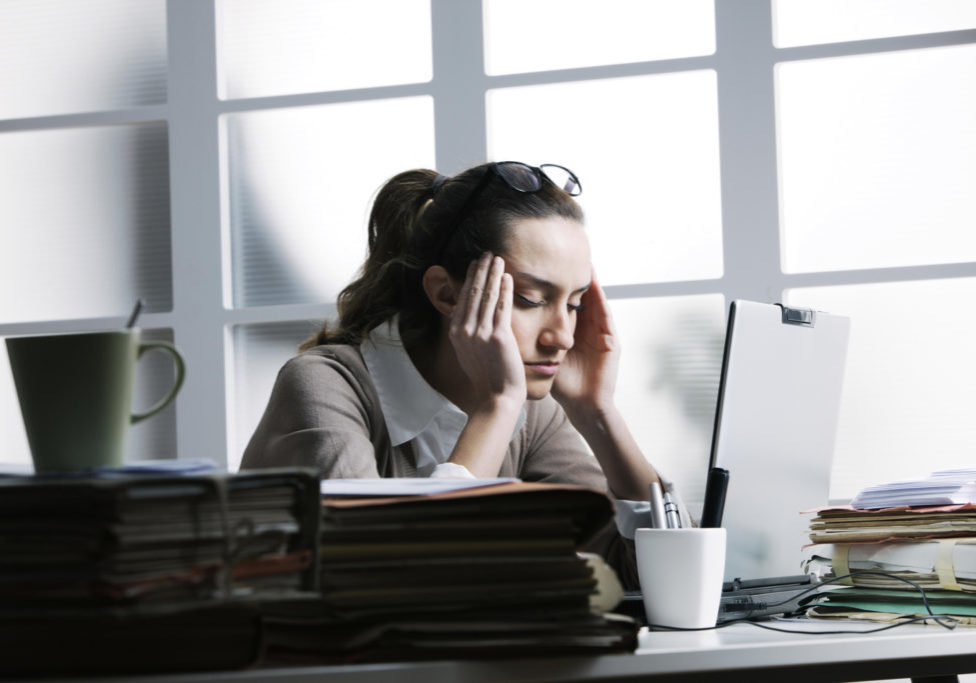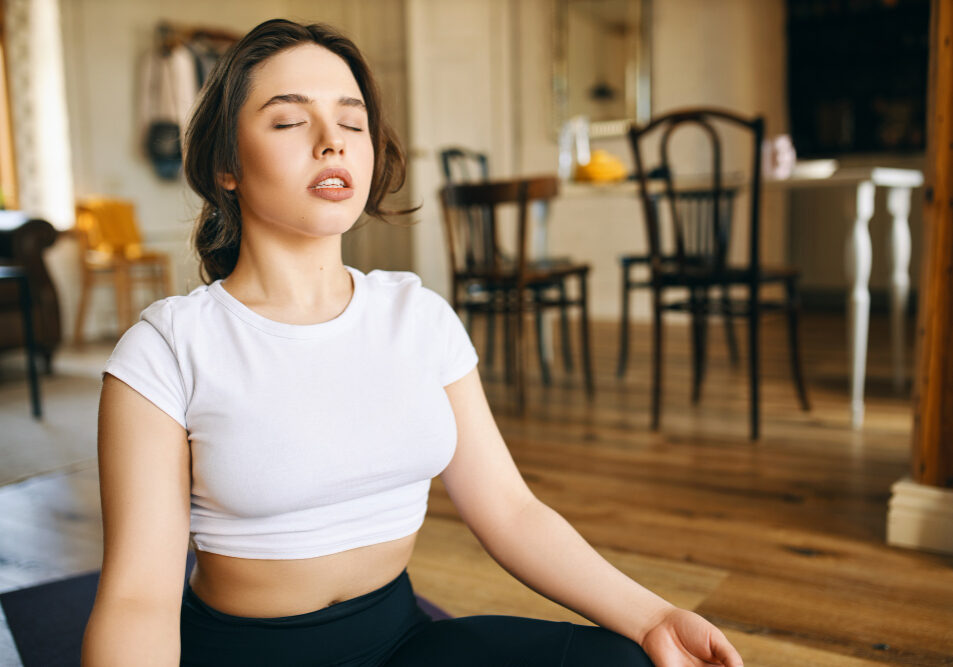
With restrictions in place at the moment, most of us are working from home and wondering why we are getting sore almost everywhere! We are also doing more DIY projects and hurting ourselves in the process. Well, perhaps poor posture is contributing to your aches and pains? Or, perhaps you are not lifting correctly during your DIY projects?
Keep reading below for some helpful tips to help reduce your aches and pains:
What is good posture?
Posture is the position in which you hold your body upright against gravity while standing, sitting or lying down. Good posture involves training your body to stand, walk, sit and lie in positions where the least strain is placed on supporting muscles and ligaments during movement or weight-bearing activities.
What is the correct sitting position?
- Sit up with your back straight and your shoulders back. Your buttocks should touch the back of your chair.
- All three normal back curves should be present while sitting. A small, rolled-up towel or a lumbar roll can be used to help you maintain the normal curves in your back.
- Here’s how to find a good sitting position when you’re not using a back support or lumbar roll:
- Sit at the end of your chair and slouch completely.
- Draw yourself up and accentuate the curve of your back as far as possible. Hold for a few seconds.
- Release the position slightly (about 10 degrees). This is a good sitting posture.
- Distribute your body weight evenly on both hips.
- Bend your knees at a right angle. Keep your knees even with or slightly lower than your hips (use a foot rest or stool if necessary). Do not cross your legs.
- Keep your feet flat on the floor.
- Try to avoid sitting in the same position for more than 30 minutes if possible.
- Adjust your chair height and work station at home so you can sit up close to your work. Rest your elbows and arms on your chair or desk, keeping your shoulders relaxed.
- When sitting in a chair that rolls and pivots, do not twist at the waist while sitting. Instead, turn your whole body.
- When standing up from the sitting position, move to the front of the seat of your chair. Stand up by straightening your legs. Avoid bending forward at your waist.
What is the correct lifting position?
- Before you lift a heavy object, make sure you have firm footing.
- To pick up an object that is lower than the level of your waist, keep your back straight and bend at your knees and hips. Do not bend forward at the waist with your knees straight.
- Stand with a wide stance close to the object you are trying to pick up and keep your feet firm on the ground. Tighten your stomach muscles and lift the object using your leg muscles.
- Keep the object as close to your body as possible when lifting it.
- Straighten your knees in a steady motion. Do not jerk the object up to your body.
- Stand completely upright without twisting. Always move your feet forward when lifting an object.
- If you are lifting an object from a table, slide it to the edge of the table so that you can hold it close to your body when lifting. Bend your knees slightly and use your legs to lift the object and slowly come to a standing position.
- Hold packages close to your body with your arms bent. Keep your stomach muscles tight. Take small steps and go slowly.
- To lower the object, place your feet as you did to lift, tighten your stomach muscles and bend your hips and knees.
- Avoid lifting heavy objects above waist level.
What is the best position for sleeping and lying down?
No matter what position you lie in, the pillow should be under your head, not under your shoulders! Ideally, it should be of a thickness that allows your head to be in a ‘neutral’ position.
- Try to sleep in a position which helps you maintain the curve in your back (eg: on your back with a pillow under your knees, a lumbar roll under your lower back or on your side with your knees slightly bent). Do not sleep on your side with your knees drawn up to your chest. Try to avoid sleeping on your stomach as this can often cause back and/or neck strain.
- When standing up from the lying position, turn on your side, draw up both knees and carefully swing your legs off the side of the bed. Slowly sit up by pushing yourself up with your hands. Avoid bending forward at your waist.
If any of the above guidelines causes an increase in pain, do not continue the activity and seek the advice of your Osteopath.




